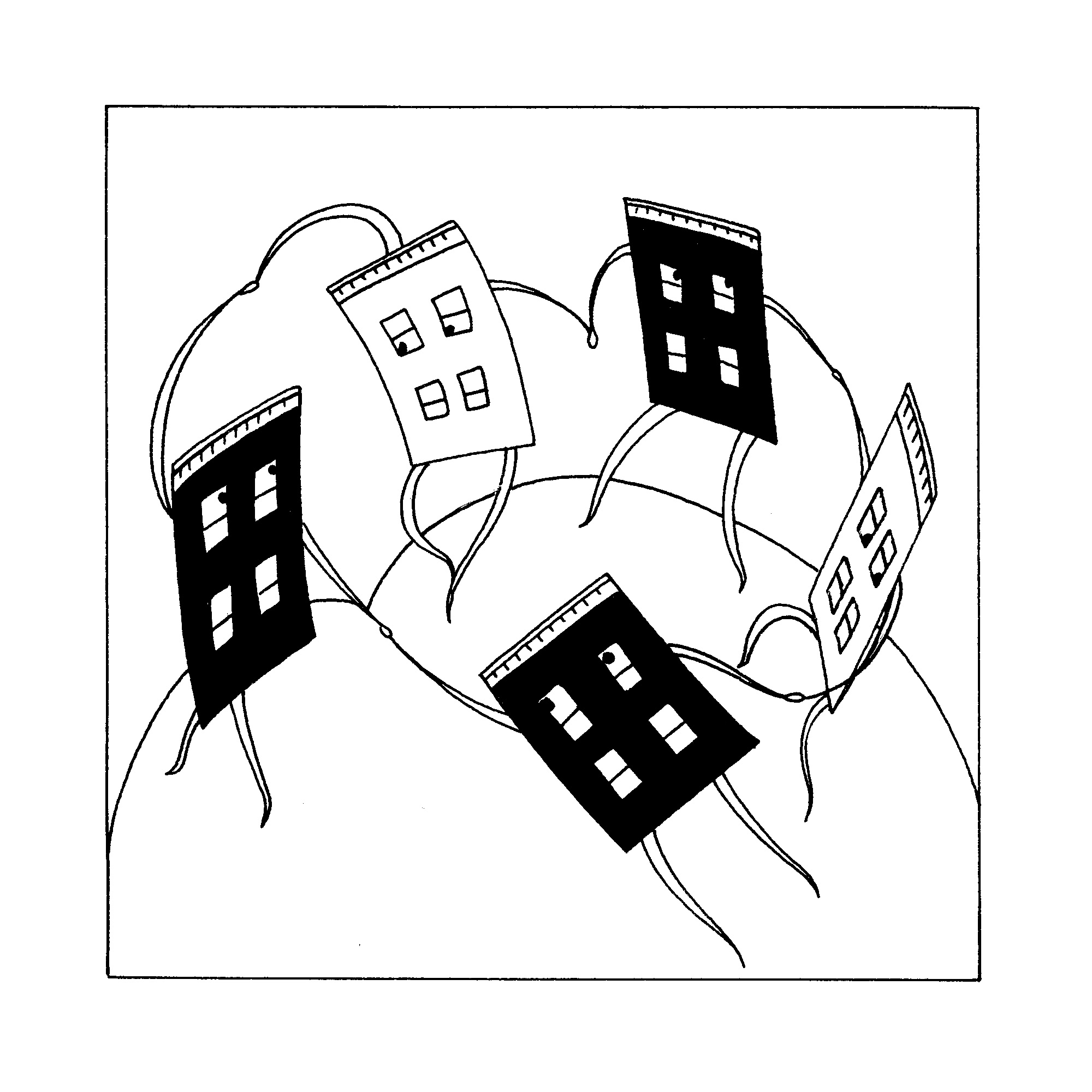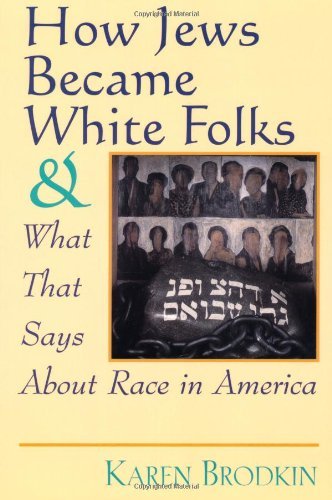Sublime
An inspiration engine for ideas
The social foundation of this era was an urban industrial working class. That class comprised many migrants from Ireland and southern and eastern Europe, or their children and grandchildren, and southern whites who were struck by the Depression but actually had never recovered from the Civil War. They were either already organized or organizing
... See moreGeorge Friedman • The Storm Before the Calm: America's Discord, the Coming Crisis of the 2020s, and the Triumph Beyond
Stanley Isaacs would be a leader in the fight for better housing for more than thirty years after his 1929 defeat. And although the techniques of the reformer—free and open discussion, persuasion, education—had caused him only disappointment (and were, over and over, to cause him disappointment again), he never abandoned them for the techniques of
... See moreRobert A. Caro • The Power Broker
The Social Housing Question
nyra.nyc
Rethinking the Struggle for Puerto Rican Rights (American Social and Political Movements of the 20th Century)
amazon.com

Le premier membre du noyau dur des néolibéraux à se détourner de l’opposition à l’intégration économique européenne n’est pas Röpke, qui reste un farouche opposant, mais un employé du ministère d’Erhard, Alfred Müller-Armack. Né en 1901, Müller-Armack est un contemporain de la première génération des néolibéraux. Membre du parti nazi à partir de
... See moreQuinn Slobodian • Les Globalistes: Une histoire intellectuelle du néolibéralisme (French Edition)
“The historic American practice of relying on voluntary organizations was transformed from pragmatic necessity into a high moral principle, and ultimately political ideology.”58 This ideology would later fuel a uniquely American perception of the nonprofit sector as an alternative, rather than a supplement, to state activities.
Elizabeth Bradley • The American Health Care Paradox: Why Spending More is Getting Us Less

